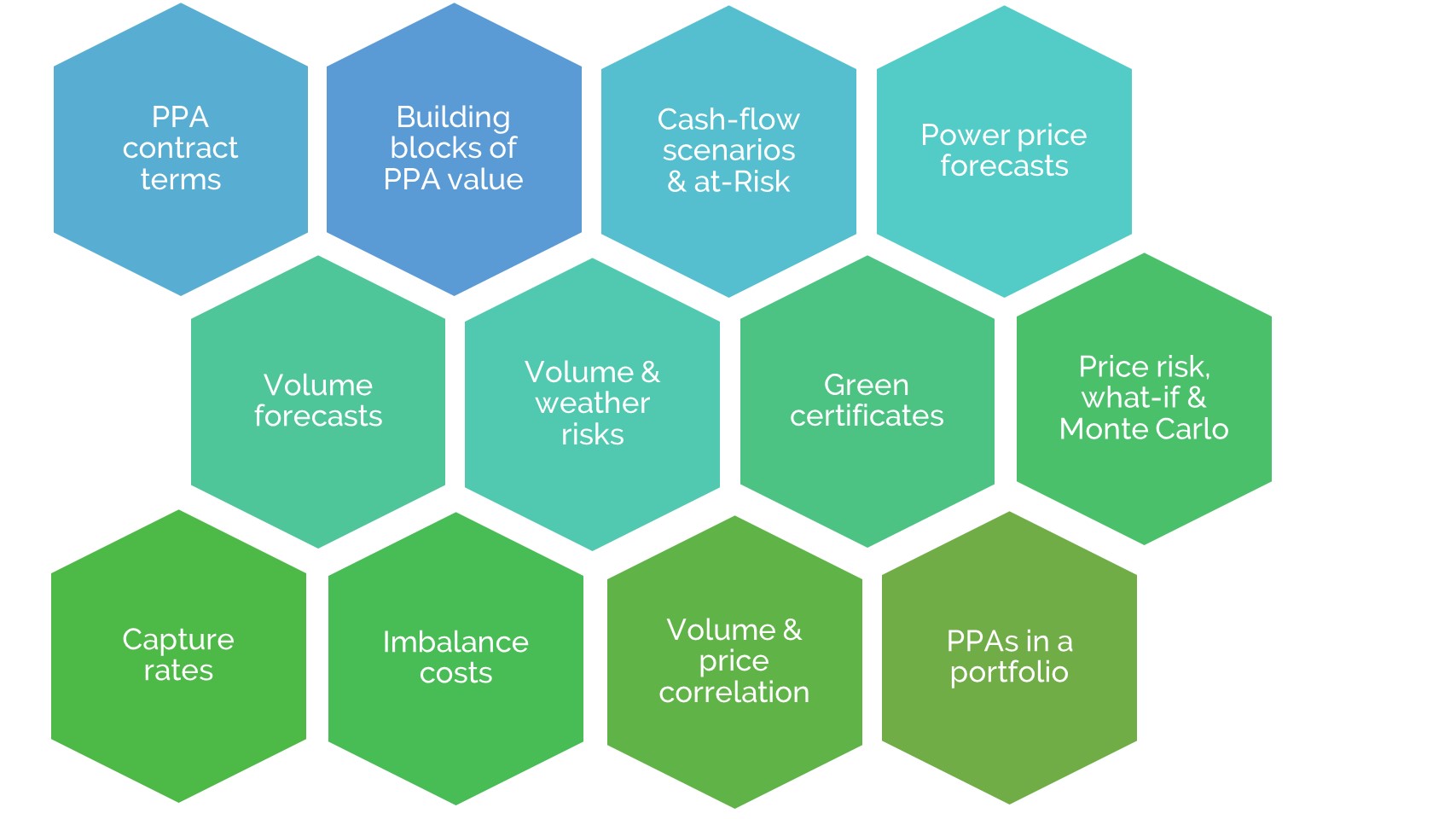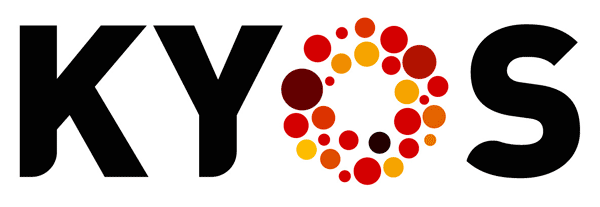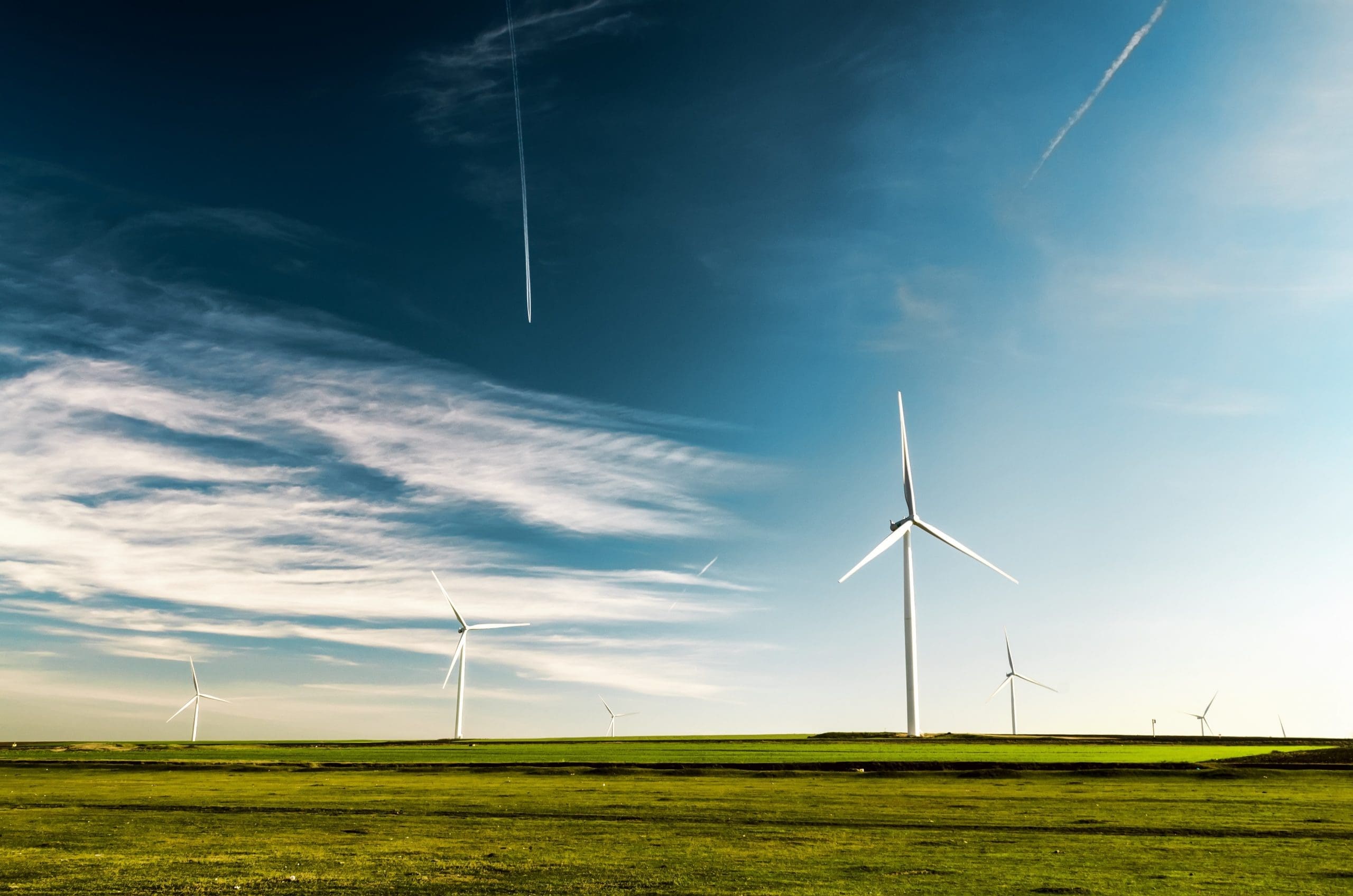PPA Insights: The financials of renewable power and PPA contracts
Author: Cyriel de Jong, KYOS Energy Analytics
The future is green
This article is the first in a series about the financials of renewable power and PPAs (Power Purchase Agreements). We will cover all aspects involved in the financial analysis of renewable generation, such as solar and wind power.
Necessity for CO2 reductions
The energy landscape is changing drastically in an attempt to reduce greenhouse gas emissions. In this transition process, the electricity sector plays a pivotal role. There is enough potential from wind, solar radiation, water streams, tidal currents and other renewable sources to supply the world with enough electricity. Even more, many other forms of energy consumption can be replaced by electricity. We can for example drive around in electric vehicles, warm up our houses with heat pumps, electrify several industrial processes and in many other sectors use green hydrogen to replace fossil fuels.
The potential of renewable electricity is unquestionably huge, but so is the need for investment. In times when renewable electricity was still picking up, governments could provide direct support, for example through investment subsidies and feed-in tariffs. However, in many markets these times are over or will be over soon. This means that renewable power investments must largely pay for themselves. Governments are still willing to socialize the network costs, and subsidize specific innovative technologies, but the bulk of renewable electricity will compete in the market.
Financials of renewable Power Purchase Agreements
In a series of short articles, we will provide a financial analysis of renewable generation, such as solar and wind power. The center of our attention are so-called PPA contracts, Power Purchase Agreements. PPA contracts distribute the financial risks and rewards between asset owners and electricity buyers. They stipulate what volumes from the asset are being sold, at what prices and over what horizon.
Directly or indirectly, the other financial players are also affected by the contents of the PPA. For example, banks are more generously providing financing when a PPA provides ample financial security to the asset owner.
Series of articles about all aspects of PPAs
We will build upon our experience that we have gathered over many years in consulting and analytical software development. Regularly we will publish a new article covering a topic in the area of financials of renewable power and PPAs. In particular, the following subjects will be discussed:
- What are typical PPA contract elements? Renewable PPA contracts tend to be very diverse, but we can nevertheless derive a few typical aspects and provide a classification. We will also qualitatively explain why certain contractual terms make sense, either to the buyer or the seller or both.
- What are the main building blocks of the value of a renewable asset, and of a PPA contract?
- How can we generate scenarios of future cash-flows and earnings? How can we summarize them in cash-flow and earnings distributions, or in at-Risk measures?
- What will be the level of future power prices? We will discuss both a market-based approach and a fundamental approach to power price forecasting. The first is valid for periods of up to 3-5 years ahead, the second for the period beyond and for stress-testing.
- Furthermore, how to assess power price risks? We will discuss both what-if scenario analysis and a Monte Carlo model.
- What are the volumetric risks? The production volume of renewable assets varies due to weather variations and seasonal patterns. How can we measure those patterns and how to generate future scenarios?
- How to forecast imbalance costs? Even for the very near future, such as day-ahead, it may be difficult to forecast the production volume. We will discuss why this leads to costs and how those costs may evolve over time.
- How to assess the cannibalization effect? Most renewable generation assets will predominantly produce at times when prices are below average. This means that they have a so-called capture rate below 100%. What were historical capture rates and how will they evolve in the future when generation capacities are expanded, but energy storage even so?
- What is the role of green certificates? We will describe why green certificates exist, which certificates are being traded, and explore price trends.
- What is the value and risk distribution of a portfolio of renewable assets? This may be quite different from a contract in isolation. Is there interplay between price and volume risks between different contracts, in different markets and across different technologies and locations?
- Finally, how can risks of renewable generation assets effectively be hedged? Can we do so by using forwards and futures, or do we need more complex structured products such as options and weather derivatives? Does this work, and if so, over what horizons?

The long list of topics shows that the financial management of renewable generation is a very interesting and challenging subject. Several topics are also relevant for the financial management of conventional power generation assets and for energy storage. The main difference is that the dispatch of those assets can be optimized: produce when prices are high and don’t produce (or even store) when prices are low. The renewable assets under investigation, however, are non-dispatchable, intermittent. This means that they are exposed to volume risks, and these volume variations generally lead to price risks.
Feedback on our “Financials of renewable Power and PPAs”
We write the articles to share our knowledge and hope it provides a useful source of information for newcomers and experienced professionals alike. Each article will be a mix of qualitative description, some mathematical formulations and numerical examples. Whether you are buying electricity for your company, developing new projects, working for a utility, providing financing, drafting policies, or just generally interested: we hope you read the articles with interest and share your feedback with us: info@kyos.com.
To download this article as pdf: The future is green – the financials of renewable power and PPA contracts

